From left to right: A fine example of a bolete; note the solidity of the organism and the pores underneath; a member of the coral fungi; a jelly fungi called “Witch’s Butter;” a familiar agaric showing the characteristic gills underneath an umbrella shaped cap; a “shelf” fungus called polypore; the small yellow orange sprouts coming out of the tree are possible “teeth” fungi; and finally another example of a polypore shelf fungus.
By and large (very large) I’m an animal wildlife guy. Animals are my muse, passion, primary trigger, etc, etc, etc… But there is a particular non-animal form of wildlife that I find uniquely fascinating. I’m talking about those exotically beautiful fungi called mushrooms. If you’re one of those hard core mushroom folks you know what I’m talking about. Life the Northwest is a shroom lovers paradise, of course, and as the saying goes “even the most casual observer” will notice our overwhelming wealth of fungi. They cover our forest grounds, scale halfway up our trees, and sprout overnight in our lawns. Mushrooms display an enormous variety of shapes and sizes, plus a surprising rainbow of colors. Pictured above are some of the more familiar types in our area. Orson K. Miller’s great book, “Mushrooms of North America” lists 13 major groups and hundreds of different kinds. I highly recommend this as a reference to anyone interested in these unique organisms.

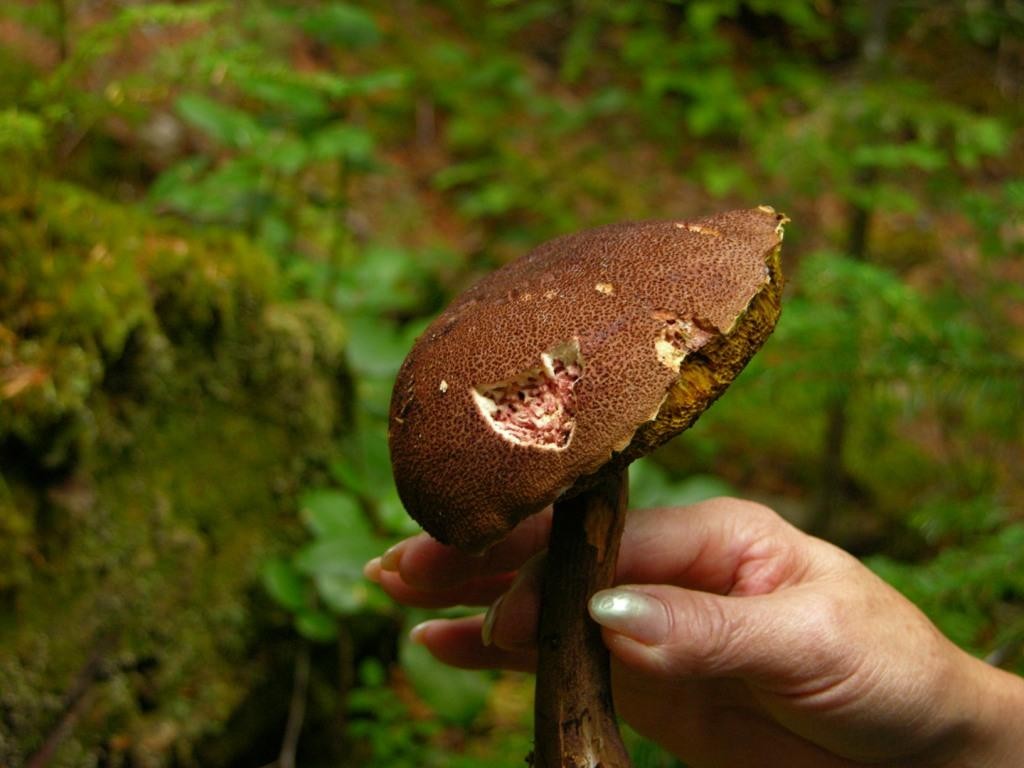
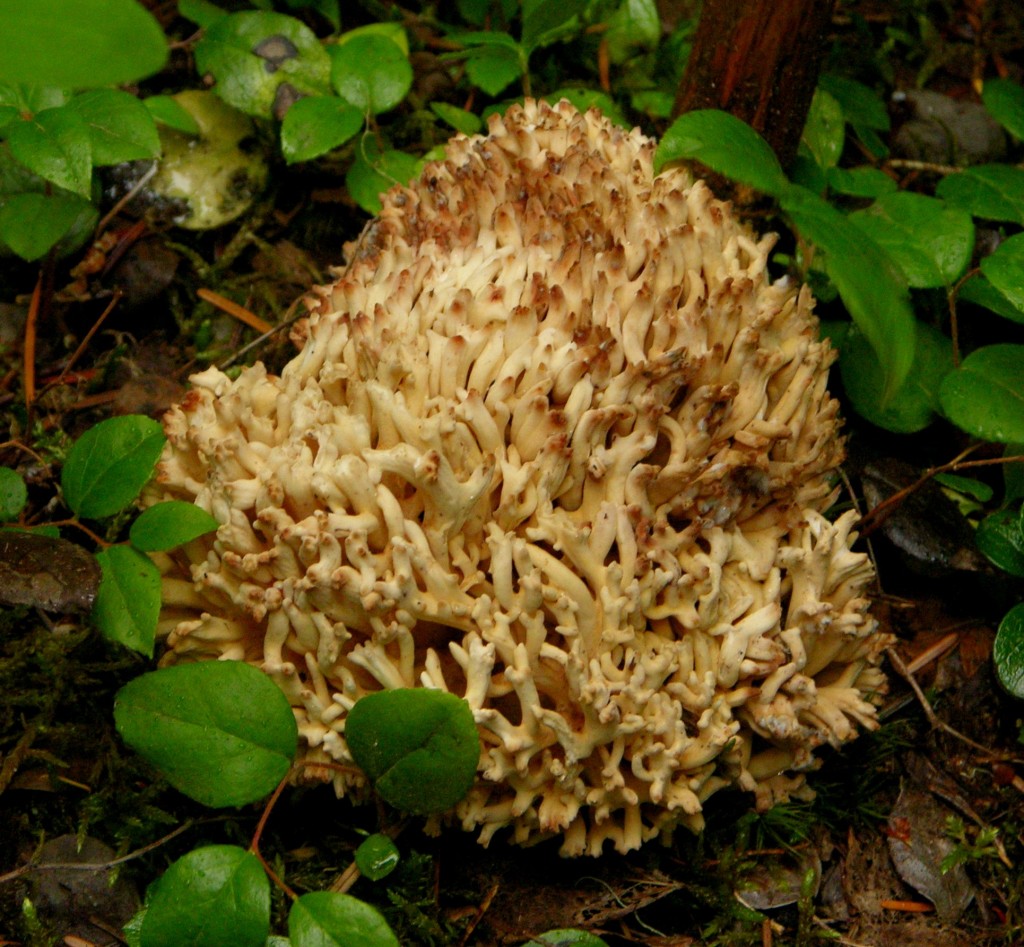
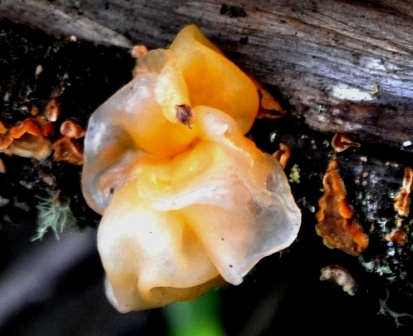
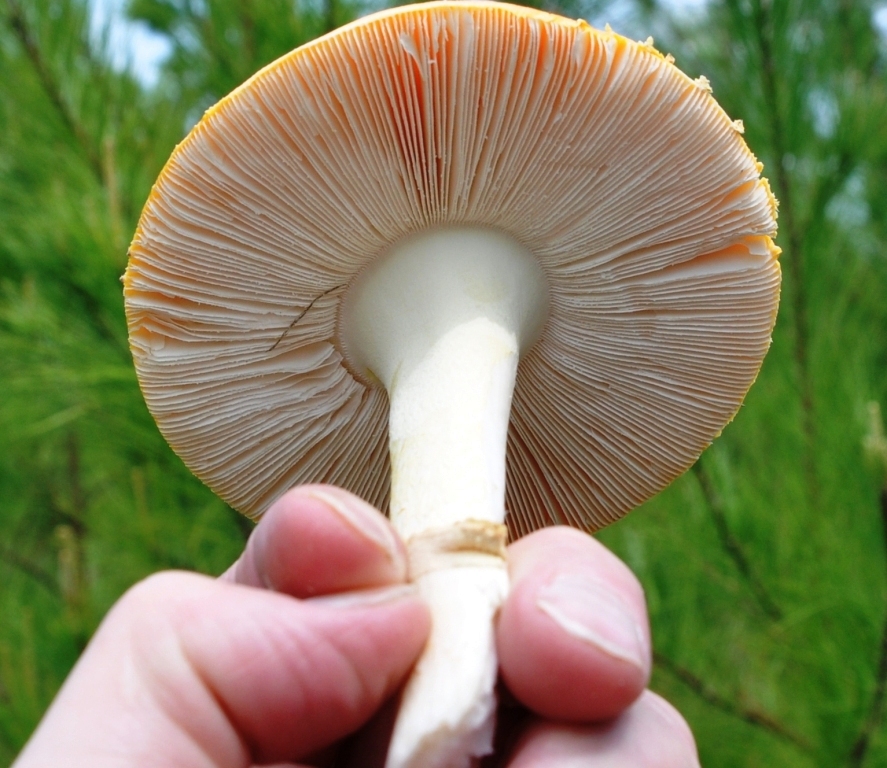

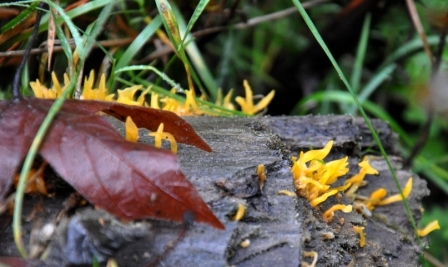
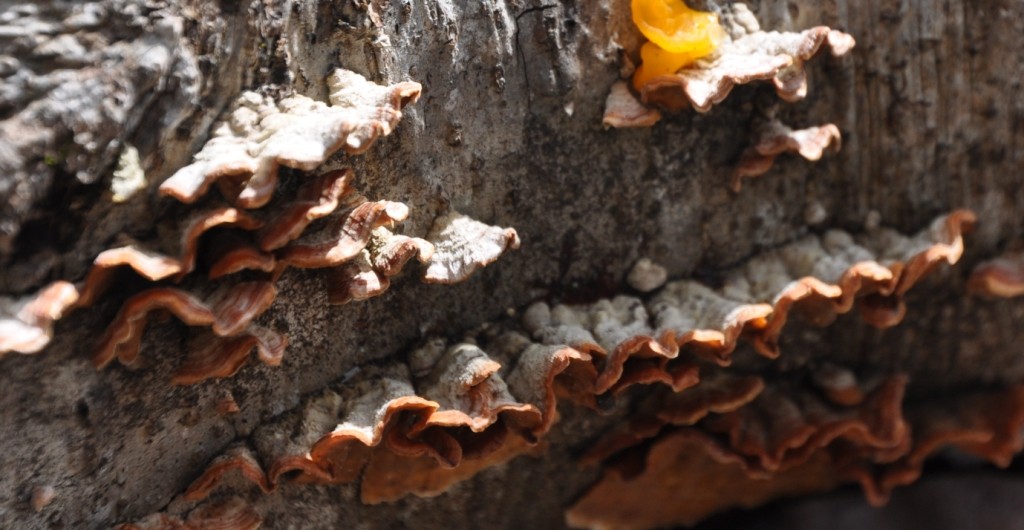
Leave a Reply
You must be logged in to post a comment.